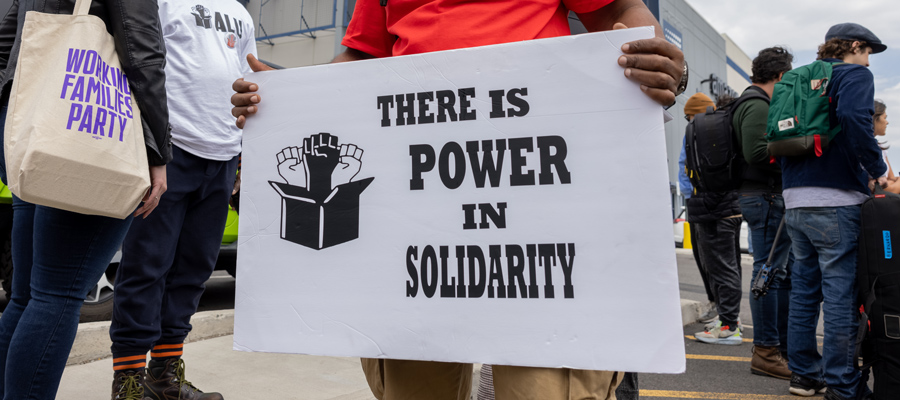Western Climate Initiative: another baby step
It has been a while but this week climate change is back in the news cycle. The front page of today’s Globe reports on the latest climate impacts tally:
The report … concluded 2000 to 2009 was the warmest decade ever, and the Earth has been growing warmer for 50 years. Each of the past three decades – 1980s, 1990s and 2000s – was the hottest on record … Of the 10 measurements, the report said seven are rising – air temperature over land, sea-surface temperature, air temperature over oceans, sea level, ocean heat, humidity and the temperature of the troposphere, which is the atmosphere closest to the Earth’s surface. Three indicators are declining – Arctic sea ice, glaciers and spring snow cover in the Northern Hemisphere. All of which point to a warming trend.
Also making news is the latest cap-and-trade planning from the Western Climate Initiative, which made the front page of the Vancouver Sun yesterday. I’m hesitant to reprint anything from that story as it gets some of the basics wrong, and makes some big assumptions about how the regional cap-and-trade system will play out in BC. While BC has legislative authority to enter a WCI system in 2012, there are still many details to be worked out about how permits will be allocated, what penalties would be applied, etc. BC was supposed to release some new regulations on how the system would play out today, but then pulled it at the last minute.
The WCI announcement comes on the heels of the demise of an American cap-and-trade program in the US Senate, an outcome that puts all of the onus for US greenhouse gas reductions on states and the Environmental Protection Agency (which, fortunately, has been found to have jurisdiction to regulate GHGs as a pollutant but has not moved due to developments in Congress). A good synopsis of these developments and possible short-term outcomes is here.
Like the poisonous politics of Congress, however, the reality is that the WCI has been creamed at the level of state legislatures. It is one thing for the WCI to state some parameters of a plan; another to win the political support to make a real cap-and-trade system a reality. Officially, there are seven US states and four Canadian provinces that are party to the WCI, plus a longer list of “observers”. But Washington and Oregon, in particular, have faced huge opposition in their state legislatures, and I suspect the others are also having misgivings. The Globe’s coverage of the WCI comments that Ontario and Quebec are uncertain about WCI, so it is anyone’s guess who’ll really be there when 2012 hits.
So on the surface this new announcement may be a step forward, but as always the Devil is in the details. And the details we have suggest that the current form of the WCI is pretty leaky in terms of actual emission reductions. Ian Bruce from the David Suzuki Foundation flags a few very important concerns:
First, the WCI partners shouldn’t weaken the shrinking yearly quota for industrial emitters by allowing companies to buy pollution permits for promised action in the future versus reducing their current emissions. (It wouldn’t be responsible to pass on a financial debt to future generations, and the principle is the same) Second, industry’s target or cap for reducing emissions should be in line with what leading scientists say is necessary to avoid catastrophic consequences of global warming, a reduction of about half over the next decade. Last, these provinces and states can ensure the environmental integrity of the cap-and-trade system by limiting the use of carbon offsets in the system, as this weakens the incentive for industry to take responsible action to reduce its own emissions.
The region-wide target is 15% below 2005 levels, not 50%; carbon offsets can be used for up to 49% of emission reductions; and other provisions allow more “flexibility” in meeting targets (see Figure 4 on page 13 for a list). When I see some meaningful commitments to stop the expansion of fossil fuels with a plan for real reductions, I’ll be the first to do a jig.
The tricky part is that changing these elements would render the program that is already getting a rough political ride virtually impossible. As Bill Rees says, “the ecologically necessary is politically infeasible but the politically feasible is ecologically irrelevant.”
Topics: Climate change & energy policy, Environment, resources & sustainability


